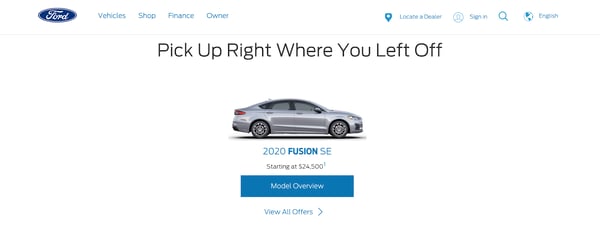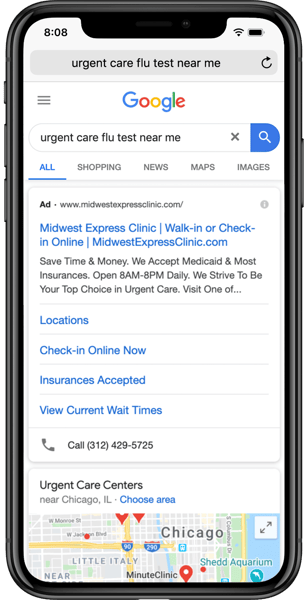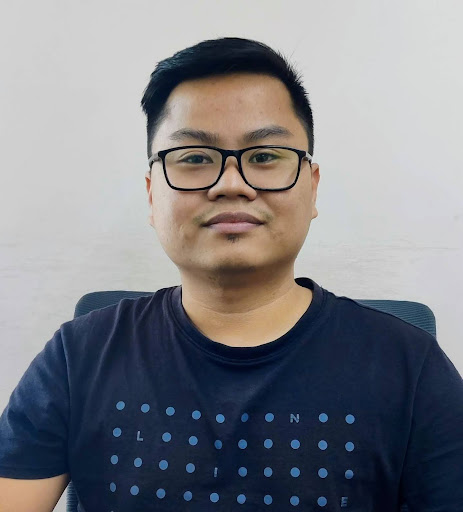March 9, 2020
 by Derek Andersen / March 9, 2020
by Derek Andersen / March 9, 2020

For many years, third-party cookies were the bedrock of audience targeting.
They allowed marketers to track which websites users were visiting and use that data to serve them relevant ads. However, with the slew of new data regulations, such as GDPR and CCPA, as well as browser updates like Apple’s ITP, Firefox’s Enhanced Tracking Protection, and Google’s Chrome 80, marketers are severely restricted in their ability to use third-party cookies.
To navigate this shifting landscape, marketers are tapping into their own first-party data such as consumer engagement with their website, social media properties, and emails for better audience targeting. One of the richest sources of first-party data is often overlooked: inbound phone calls. To tap into this data, leading marketers are using call tracking and analytics technology.
By capturing each caller’s phone number as an identifier, analyzing what marketing interaction drove them to call, and connecting it with insights from their conversation, this data provides deep insights into each caller’s preferences, buying intent, disposition, product/service interest, recent life events, value, and more.
Not only does this call data enable effective audience targeting, but it could also provide a unique competitive advantage. On February 10, 2020, the Interactive Advertising Bureau (IAB) congregated to discuss the “Post-Cookie Apocalypse”. The IAB develops industry standards, conducts research, and provides legal support for the digital advertising industry.
To keep audience targeting intact through the impending “apocalypse,” the IAB discussed replacing third-party cookies with a unique identifier based on phone numbers that they could use to track users across domains. Why phone numbers? Phone numbers would provide a consistent way of recognizing users across the web – since the average person rarely changes their phone number even if they move or switch carriers.
Phone calls provide deep insights into consumers that can be used for more effective audience targeting. If the IAB starts using phone numbers as identifiers, call data can be tied to the identifiers to create richer consumer profiles. Below, we discuss the impact phone calls are making in today’s mobile-first world, the deep insights marketers can capture from calls, and strategies for leveraging call data to target audiences.
Smartphones have revolutionized how we engage with brands. With a single Google search, we can view all the businesses in our area. With a single tap, we can call them. This ease of use is why mobile devices drive more than 50% of web traffic. In today's world, consumers are increasingly turning to phone conversations as part of their journey. There were 162 billion phone calls made from smartphones to businesses in 2019. This was a 113% increase from 2014.
Consumers tend to place calls for complex, expensive, or urgent purchases. In these instances, they need additional information, personalized assistance, or simply do not have time to fill out an online form and wait to be contacted.
Obviously, for most marketers, listening to every inbound phone call is simply not possible. Either you don’t have access to the recordings, or there are so many that you can’t possibly manually analyze them all for insights into each caller and voice interaction.
To solve this problem, and capture data from phone conversations at scale, marketers are leveraging call tracking and analytics solutions. These solutions use artificial intelligence to analyze inbound phone calls at scale, capturing insights from the conversations that then get connected back to the caller ID and the marketing interaction (such as the channel, campaign, ad, keyword, and webpage) that drove the call. These insights can then be passed into your digital ad platforms like Google Ads and Facebook, martech stack, and CRM to be actioned upon.
Phone calls are literally the “voice of the consumer.” On these calls, your audience is telling you exactly what they want from your brand and how they want to engage with you. Below are some of the insights you can capture at scale with a call tracking and analytics solution.
Demographic information:
Call attribution data:
Insights from the conversation:
Once you’ve captured call data, you can use it to fill the gap created by the “post-cookie apocalypse.” In fact, leading marketers are finding that when they use call data instead of third-party cookie data to target audiences, they often see higher ROI. Case in point, when Comfort Keepers used call data for audience modeling, they drove 16x more conversions than the next best tactic.
Why is call data so effective for audience targeting? Because it’s gleaned directly from the voice of your consumers and provides richer insights into their behavior and intent. Below are three examples of how leading marketers are leveraging call data to improve their audience targeting and increase ROI.
Have you ever been served ads for a product or service you already purchased? This not only creates a poor customer experience, but it also flushes marketing dollars down the drain. Marketers can avoid this all-too-common mistake by connecting phone calls to the consumer journey.
With conversation intelligence data, you can retarget callers with ads for the products or services they expressed interest in over the phone. If the caller already converted or made a purchase over the phone, you can upsell them with ads for a companion product/service or exclude them from seeing ads to avoid wasting spend.
For example, if you’re an insurance company and a caller who bought car insurance mentioned that they’re closing on their first home, you can retarget them with ads for a home and auto bundle during the closing process while suppressing them from seeing renter’s insurance ads.

After you capture conversation data from your callers, you can push it into website optimization platforms. You can then set up website personalization rules for certain phrases or data points that occured in the conversations. The optimization tools will, in turn, deliver personalized website experiences that align with phone conversations at scale.
For example, if you’re an auto dealer, you can populate your homepage with an image of the vehicle the buyer expressed interest in over the phone, perhaps with a special financing offer.

RELATED: Dig deeper with the guide to fueling people-based marketing success with call analytics.
On top of understanding each caller’s needs on a microscopic level, call analytics can help you identify macroscopic trends about what callers are saying. By understanding these larger trends, you can identify new market opportunities.
For instance, if you’re an urgent care provider and you notice you’re receiving an influx of calls about flu-like symptoms at your Chicago branch, you can increase your paid search budget for “urgent care flu test near me” as well as associated keywords in that region.

With cookies, on the other hand, it’s difficult to identify these kinds of macroscopic trends, especially by location. Marketers using cookies for audience targeting would likely fail to pick out these patterns and therefore miss out on revenue opportunities.
As restrictions continue to tighten around cookie use, marketers should consider using call data to target audiences. This rich source of insights can help marketers understand audience behavior on a deeper level. If the IAB decides to employ phone numbers as identifiers for web users, conversation data from phone calls could be tied to these identifiers. This would give marketers using call analytics a major edge. They could understand the buying intent of every web visitor who had ever placed a call to one of their locations.
Whether or not you choose to leverage call data, you will need to look to new data sources for audience targeting. The brands that harness the richest first-party data will have the most success in this new landscape, as they will be able to serve their audience ads that resonate and drive engagement. Brands that fail to do so will fall behind.
Derek Andersen is a copywriter at DialogTech. He graduated from Illinois Wesleyan University with a degree in Marketing and Creative Writing. He enjoys running, playing guitar, and staying up to speed on the latest news in marketing and technology.
Marketers today rely on data-driven approaches to engage prospects. You yourself may have...
 by Bikash Thokchom
by Bikash Thokchom
It’s no secret that B2B marketing teams are being held accountable for their influence on the...
 by Ranga Kaliyur
by Ranga Kaliyur
We’re all familiar with the story of Goldilocks, right?
 by Andy Golden
by Andy Golden
Marketers today rely on data-driven approaches to engage prospects. You yourself may have...
 by Bikash Thokchom
by Bikash Thokchom
It’s no secret that B2B marketing teams are being held accountable for their influence on the...
 by Ranga Kaliyur
by Ranga Kaliyur


